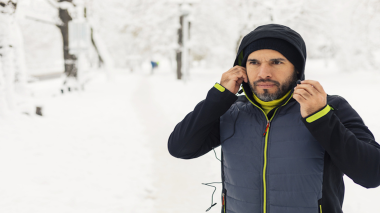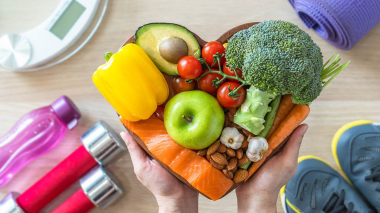Many workers are exposed to high temperatures. But this kind of heat can be dangerous without proper safety precautions.
Thankfully, most heat-related health problems can be prevented. It’s important to take steps to stay cool and report any concerns.
- Drink enough water throughout the day – even if you don’t feel thirsty. A good indicator is the color of your urine. It should be clear or just a pale shade of yellow. Avoid energy drinks and alcohol, which can be dehydrating.
- Wear clothing that's right for the job and that will keep you cool.
- Take frequent breaks. Find a cooler spot perhaps near a fan, if possible. Ask about rotating or splitting shifts and what protective equipment is available.
- Not everyone tolerates the heat the same way. You’re more likely to suffer if you are overweight, have diabetes or heart disease, are less fit, or are taking certain medications, such as diuretics or water pills. Talk with your doctor about your work environment.
- Monitor yourself and coworkers for any signs of heat exhaustion. If you are feeling overheated or you see a coworker behaving oddly, speak up. Serious illness – even death – is especially likely when someone is new or returning to the job. That’s because their body needs to adjust to the extreme conditions and exertion. It’s best to gradually increase workload.
Source: OSHA, ohsa.gov/heat
Common Signs of Heat Exhaustion
- Dizziness or fainting
- Headache
- Clammy, sweaty skin
- Nausea or vomiting
- Weakness
- Muscle cramps or spasms
At the first sign of heat exhaustion, get out of the heat, rest and drink water. If left untreated, heat exhaustion can lead to heat stroke. Heat stroke is a medical emergency that can quickly damage your brain, heart, kidneys and muscles.
If you suspect heat stroke, call 911 right away.



